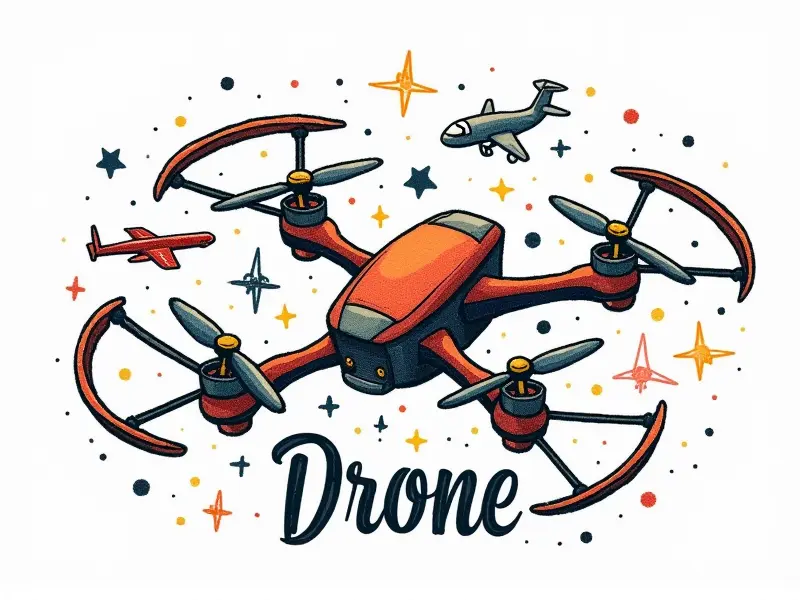Drone flight controller basics

Understanding Drone Flight Controllers 101
A drone flight controller (FC) is the brain of your unmanned aerial vehicle (UAV). It manages all aspects of flight control and stabilization, ensuring that your drone operates smoothly and safely. This guide will help you understand the basics of drone FCs and how they work.
Beginner's Guide to Drone FCs
If you're new to drones, understanding the role of a flight controller is crucial for optimal performance. A flight controller processes sensor data from gyros, accelerometers, GPS modules, and barometric pressure sensors to maintain stability and control.
Essential Features of Drone Flight Controllers
- Gyroscope: Measures angular velocity around the x, y, and z axes for orientation data.
- Accelerometer: Detects linear acceleration along three axes to determine position changes.
- Magnetometer: Provides heading information by sensing Earth's magnetic field.
- GPS Module: Tracks the drone’s location and altitude for precise navigation.
How Drone Flight Controllers Work
A flight controller uses algorithms to interpret sensor data, calculating necessary adjustments to maintain stability. It communicates with motors via Electronic Speed Controllers (ESCs) to control thrust and direction.
Top Tips for Choosing a Drone FC
- Budget: Determine your budget before selecting an FC based on features and performance.
- Purpose: Choose an FC tailored to the specific needs of your drone, whether it's racing, photography, or surveying.
- Compatibility: Ensure that the flight controller is compatible with your ESCs, motors, and other components.
Mastering Basic Drone Flight Control
To master basic drone control, start by understanding how to configure your FC for optimal performance. Calibration of sensors ensures accurate readings, while tuning PID values (Proportional-Integral-Derivative) can enhance stability and responsiveness.
Simplified Guide to Drone Flight Controls
- Calibration: Calibrate gyros, accelerometers, and other sensors for precise data collection.
- Tuning: Adjust PID values to achieve the desired level of stability and responsiveness.
- Testing: Conduct thorough flight tests to ensure your drone operates as intended.
What Every New Pilot Needs to Know
New pilots should familiarize themselves with common terms like "attitude control," "yaw," and "pitch." Understanding these concepts will help you better communicate with more experienced pilots and troubleshoot issues effectively.
Key Components of a Drone FC
- Main Processor: The heart of the flight controller, responsible for processing sensor data and executing control algorithms.
- Sensors: Various sensors provide critical information about orientation, position, and environmental conditions.
- Power Supply: Ensures stable power delivery to all components during flight.
Basics of Setting Up Drone Flight Controllers
Setting up a drone FC involves several steps:
- Install the FC on your frame and connect it to ESCs, motors, and other peripherals.
- Upload firmware specific to your drone's configuration.
- Calibrate sensors for accurate data collection.
Must-Know Facts About Drone Flight Control
- Firmware Updates: Regularly update the FC firmware to access new features and bug fixes.
- Battery Management: Proper battery management is crucial for long flight times and safety.
- Maintenance: Regular maintenance checks can prevent unexpected failures during critical missions.
Conclusion
Understanding the basics of drone flight controllers is essential for any pilot, whether you're a beginner or an experienced user. By familiarizing yourself with key components and features, you'll be better equipped to choose the right FC for your needs and optimize its performance. With this knowledge, you can enjoy smoother flights and more reliable operation.

